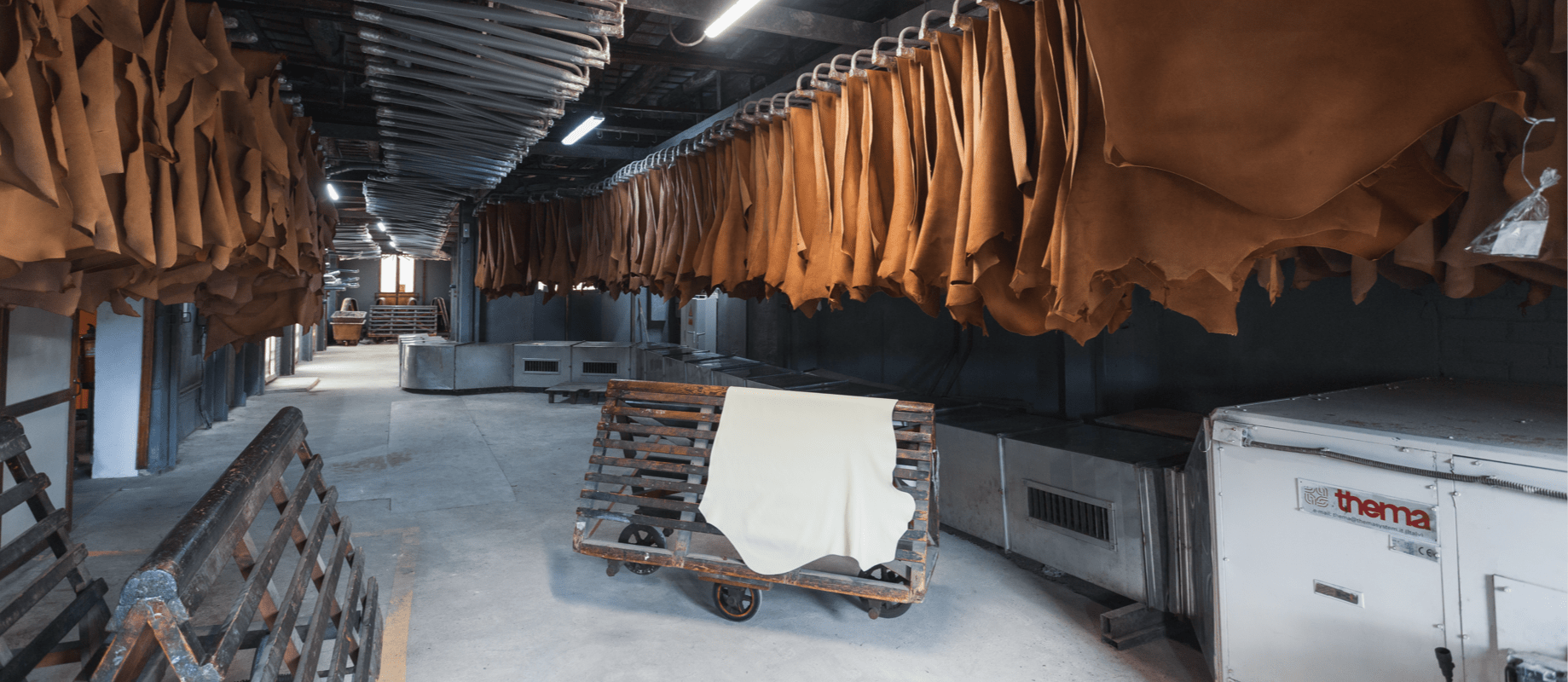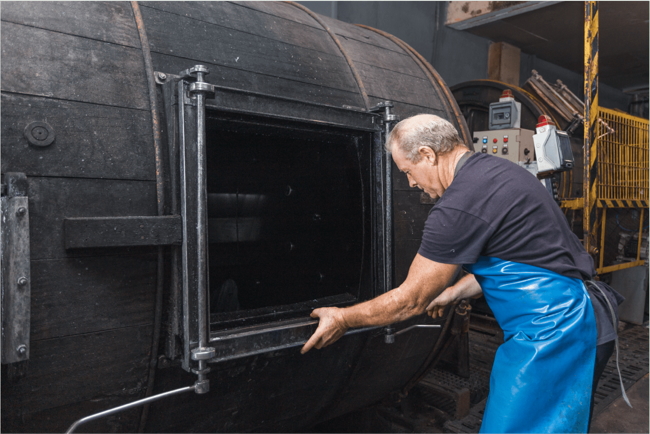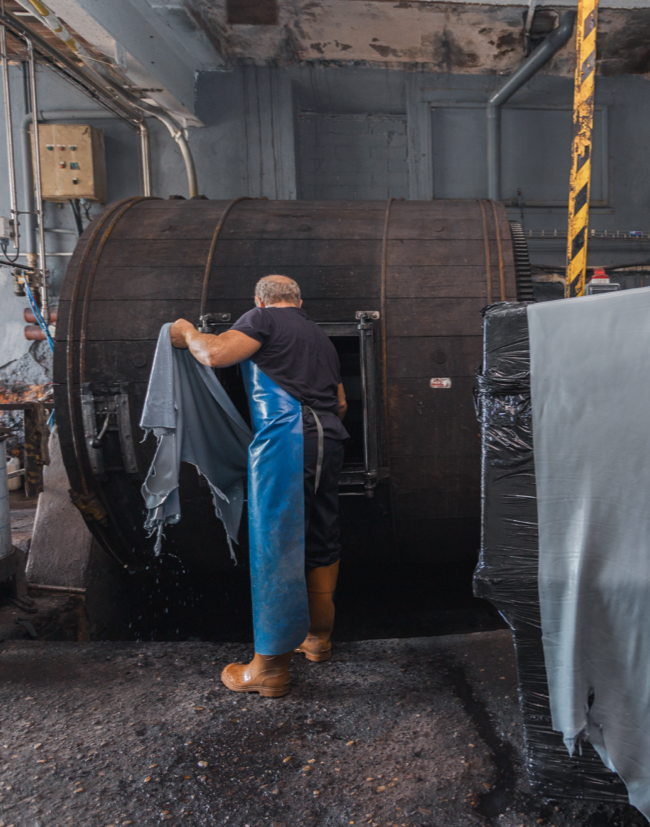Craftsmanship
Leather tanning is one of humanity’s oldest crafts. It goes back to prehistory, when our ancestors began to use animal skins to protect themselves from inclement weather.

The essence. Tradition
Leather has been a highly important resource throughout history and in all civilizations, due to its ideal characteristics for the manufacture of a wide variety of objects for practical, ornamental or ritual use. However, if no treatment was applied, the animals' skin deteriorated rapidly, and could even lead to infections. That is why we began to look for ways to stop this natural decomposition process.
The first important historical improvement was tanning with household smoke, which managed to preserve the leather and increase its resistance over time. Later, vegetable tanning arrived, a process based on solutions of natural agents in water, which acted as preservatives. With time and advances in the world of chemistry, the sector underwent a transformation from craftsmanship to the industrialization of the trade.


The development of chrome tanning, which uses the salts of this mineral for the basic tanning process, boosted this industry on a global scale. Currently, the work focuses on improving the characteristics and performance of the leather, as well as contributing to the improvement of the environment, through research into less polluting products.
Font Palomas also draws on the legacy from the city where it is based: Igualada, where numerous tanneries first emerged in the 14th century. Over time, it became an industrial neighbourhood in tandem with the development of the city towards the south, along the River Anoia.
This neighbourhood reached its peak in the 19th century, with over 300 leather and leather by-product tanneries. Later, in the 20th century, the neighbourhood began a slow decline with some of its activity disappearing.
Currently, there are about 28 active factories which, in spite of everything, are still the economic driving force of the neighbourhood. In fact, an important quality leather industry cluster was built in Igualada with companies that export all over the world.
Our process
At Font Palomas, we begin the process with the arrival of Wet Blue, a leather that has already been tanned both physically and chemically. Kept in a moist state, it is the previous step to retanning, dyeing and oiling.
